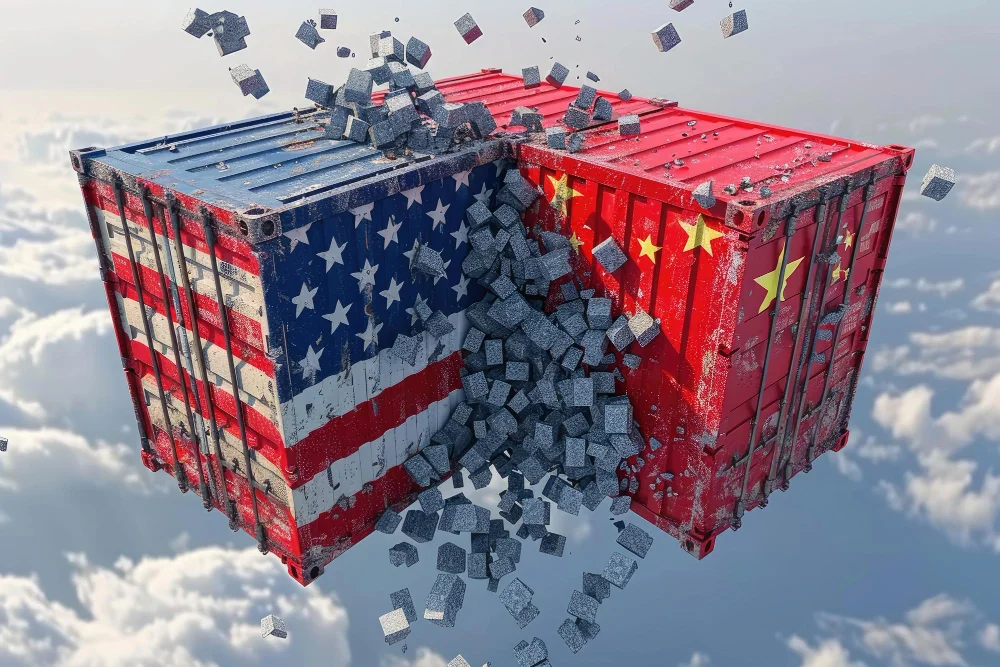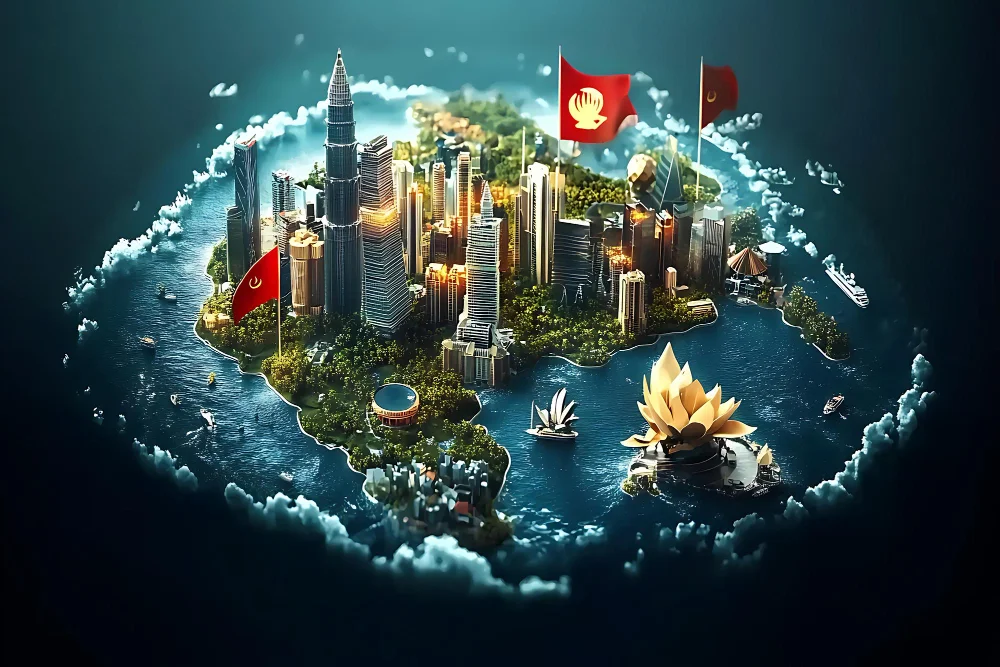Introduction
For years, Iran has faced various sanctions, primarily imposed by Western nations. These sanctions aim to limit Iran’s economic power by targeting crucial industries, restricting international trade, and freezing assets. Despite these obstacles, Iran has found ways to sustain its economy, largely due to regional partnerships. This article explores how alliances with neighboring and allied countries have become a lifeline for Iran, helping it navigate the challenges posed by sanctions.
Overview of Sanctions on Iran
Sanctions on Iran are not new. Over the years, they have been expanded and intensified, particularly by the United States. The sanctions target Iran’s financial, energy, and shipping industries, among others. With these restrictions, Iran has been cut off from much of the international banking system, severely limiting its ability to trade with Western nations. The aim is to exert pressure on Iran’s government, but it’s the economy and the Iranian people who feel the most significant impacts.
Economic Impact of Sanctions on Iran
Sanctions have hit Iran’s economy hard. Oil exports, which are a major source of revenue for Iran, have been slashed. Inflation has skyrocketed, and the currency has lost significant value. The limitations on importing goods and technologies have also stifled growth across various sectors. Essential goods become more expensive, and businesses struggle to find alternatives to Western products. Yet, despite these hardships, Iran has adapted, with help from regional allies.
The Role of Regional Partnerships
As global economic isolation increased, Iran turned to its regional partners to mitigate the effects of sanctions. Alliances with countries in Asia, the Middle East, and Central Asia have been critical. These partnerships allow Iran to bypass some restrictions, keep trade routes open, and access resources and technologies that are otherwise limited.
Partnership with China
China is one of Iran’s most important partners. As a major global player, China has continued to do business with Iran, despite international pressure. In recent years, the two countries signed a 25-year strategic cooperation agreement, covering a wide range of sectors, including oil, gas, and infrastructure. China imports Iranian oil, providing Iran with much-needed revenue. In return, Iran benefits from Chinese investments in its infrastructure and technological sectors, helping it grow despite sanctions.
Partnership with Russia
Russia and Iran share a complex yet strategic relationship. Both face Western sanctions, which has driven them closer together. The two nations collaborate on energy, defense, and transportation. Russia has invested in Iran’s energy sector, particularly in natural gas projects, and both countries work together in oil export agreements that help stabilize prices. This alliance provides Iran with economic and military support, allowing it to counterbalance Western pressure.
Influence of the Middle East and Central Asia
Iran has also strengthened ties with its Middle Eastern and Central Asian neighbors. Countries like Iraq, Turkey, and Afghanistan remain key trading partners. Iraq, in particular, has become one of Iran’s largest export markets. Through informal channels and border trade, goods continue to flow, supporting local economies on both sides. Turkey, while allied with the West, has continued trade with Iran, especially in goods like steel and machinery. Such partnerships provide Iran with alternatives to Western markets, sustaining its economy.
Adaptation Strategies by Iranian Industries
Beyond alliances, Iran has adapted its domestic industries to become more self-reliant. Local manufacturing has been ramped up, producing goods that were once imported. Iran’s agricultural sector has seen growth, as the country focuses on food security and reducing reliance on imports. The tech industry, too, is innovating within constraints, developing local software solutions and exploring new energy sources. This shift towards self-sufficiency has been challenging but essential in Iran’s economic survival.
Future Prospects and Challenges
While regional partnerships have helped, Iran’s economy still faces significant hurdles. Inflation remains high, and the country’s reliance on oil exports makes it vulnerable to global oil price fluctuations. Regional alliances may offer short-term relief, but the economy’s long-term stability depends on finding sustainable solutions, such as diversifying exports and improving local industries. Moreover, the ever-present risk of further sanctions adds uncertainty to Iran’s economic future. If sanctions intensify, even regional partnerships may struggle to offset the economic strain fully.
Conclusion
Iran’s journey through years of sanctions highlights its resilience and adaptability. Regional partnerships with China, Russia, and neighboring countries have proven essential in sustaining its economy. These alliances provide Iran with alternative trade routes, investments, and resources, enabling it to survive and grow despite severe restrictions. However, the road ahead remains complex, and Iran’s economy will need continued adaptation to remain resilient in the face of ongoing global pressures.


